Dos and Don’ts on How You Can Support These Six Furry Visitors
Whether you live in the suburbs, the city or in the countryside, mammals are sure to make an appearance in your space. Some of their antics might just tug at your heartstrings! So how can you support them? Read on to find out!
Squirrels
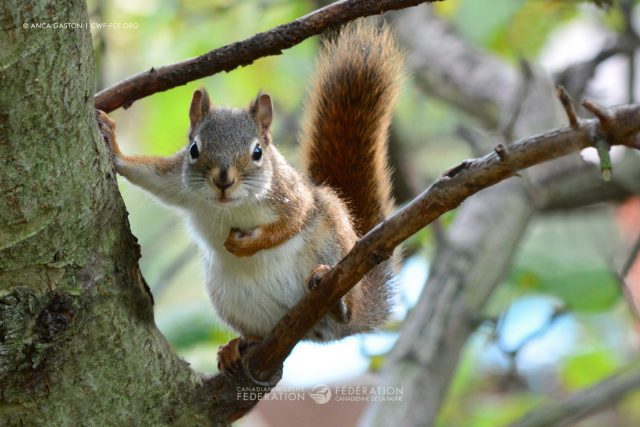
- Do plant oak, beech and hickory trees. In the fall, squirrels spend plenty of time gathering and hiding nuts like acorns, beechnuts and hickory nuts to help them get through the cold winter months.
- Do plant elm and maple trees. In the spring, squirrels will munch on the buds of maples in particular. Then, in summer, squirrels will eat the seeds from the elm and maple trees.
- Don’t think birdfeeders are just for the birds. In the winter, many squirrels will supplement their diet with all the seed they can get from birdfeeders.
- Do offer squirrels a brush pile to help them hide away from predators like hawks, Red Foxes and owls.
Red Foxes
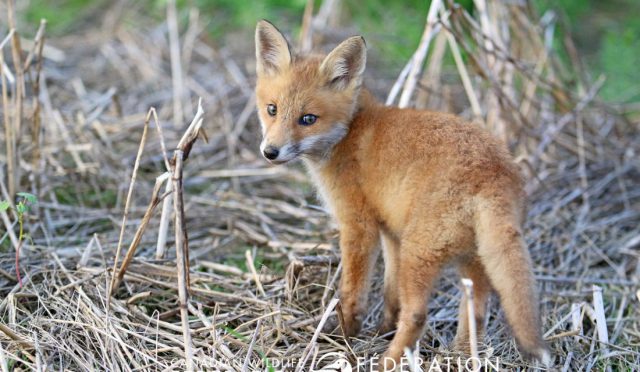
- Don’t paint foxes as villains in your mind. The truth is they rarely attack dogs and cats. Plus they rarely show any signs of aggression to people at all.
- Do protect the spaces they enjoy living in. Red Foxes tend to prefer open fields with sandy soil, marshes, barns (with no current residents!) and woodlots. If you’ve got any of those on your property, you can encourage these mammals to stay by protecting these spaces!
- Do add logs or grassy mounds to your property to give the Red Fox a spot to scan the area for predators and prey alike!
- Don’t use insecticides or pesticides on your property. These can harm insects and Red Foxes love to munch on insects!
- Do plant fruit bearing trees and shrubs to your backyard. Red Foxes love to eat apples, strawberries, grapes, chokecherries and blackberries
Flying Squirrels
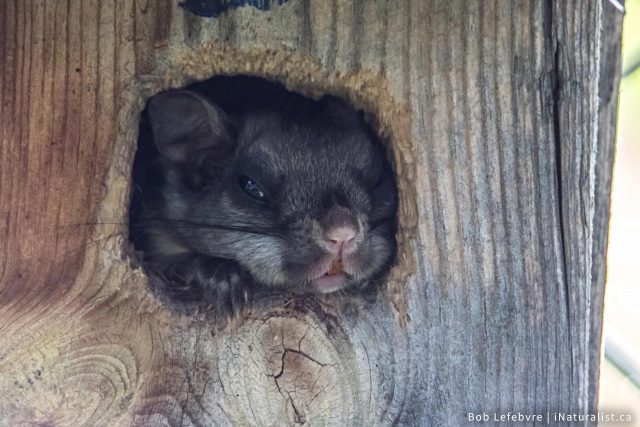
- Don’t let Fluffykins the cat roam free. Cats are a major predator for flying squirrels so keep your cat indoors! Not only will you be helping these squirrels, but you’ll also protect chipmunks, regular squirrels and bats too.
- Do build a flying squirrel box!
- Do plant fruit bearing shrubs and trees. Flying squirrels enjoy eating berries.
- Don’t remove old trees and snags from your property. These offer nesting sites for flying squirrels – important habitat for these small mammals.
- Do minimize the use of bright outdoor lighting at night. Flying squirrels have sensitive eyes and are deterred by bright lights.
Bats
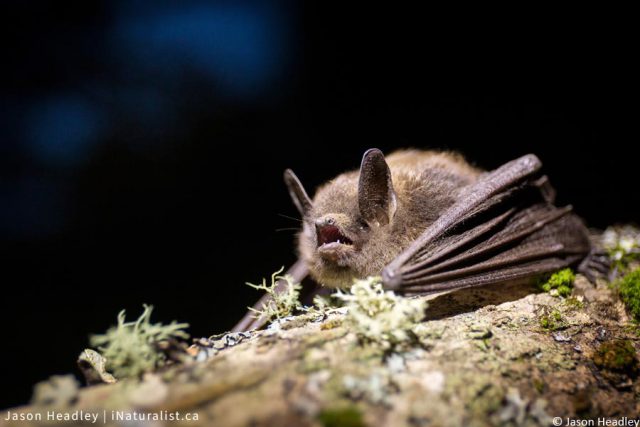
- Do put up a multi chamber bat house in your backyard. Place it in a dark spot far away from light pollution!
- Do build your own bat house to provide a roosting site for a female bat and her pup! Here’s a guide to help you!
- Do record bat sightings and monitor your bat house with iNaturalist.ca. You’ll be helping researchers gather more information on bat species right here in Canada!
- Don’t keep your outdoor lights on at night – especially if you want bats to roost on your property!
- Don’t buy plants grown with neonics. Bats need all the insects they can get to stay satiated and neonics can harm the insects they prey upon and ultimately harm them too. Learn more!
- Do plant native night-scented plants like Evening Primrose, Wild Bergamot and native Phlox to attract moths as a food source for bats.
- If you’ve got bats in your home, do know the science on when you should and should not evict them. The best time to evict bats are September and October. The worst time is from May to August when pups are born and roosting.
- Don’t remove large trees (even dead or dying ones!) from your property. These trees are likely incredibly important habitat for bats.
Groundhogs
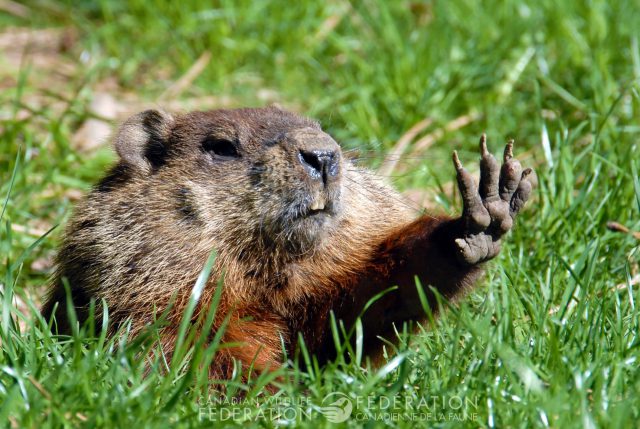
- Do plant clover and alfalfa as ground cover instead of grass. Groundhogs will happily chow down on these wild plants!
- Do keep groundhogs away from your gardens by sprinkling lemon juice, garlic and onion powder around the garden. You can also place dog hair in nylon stockings and place these around your garden to keep groundhogs away from your zucchinis!
- Don’t use pesticides or herbicides in your backyard. Groundhogs will keep your weeds in check by eating them! And any poisonous substance could harm these mammals.
- Do offer groundhogs a place to sun themselves. You can put rocks in spots close to their burrows to give them a dedicated area to bask!
Chipmunks
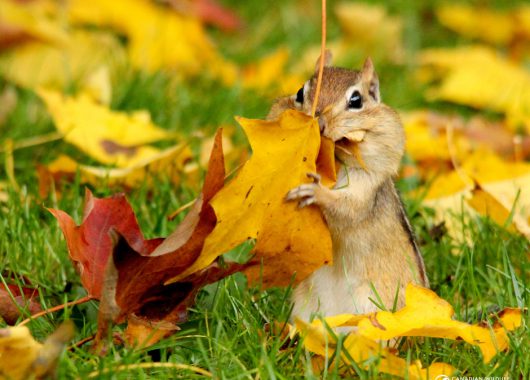
- Do make sure your backyard has enough shelter for chipmunks. They benefit from having enough rocks, fallen logs, brush piles and bushes to help them escape harsh weather and predators.
- Do plant fruit, nut and seed producing shrubs and trees to give chipmunks something to munch on. They especially enjoy Beaked Hazel, Sweet Fern, maples, dogwoods, Bitternut Hickory, Buffalo Berry, blueberries, raspberries, viburnums, and American Basswood.

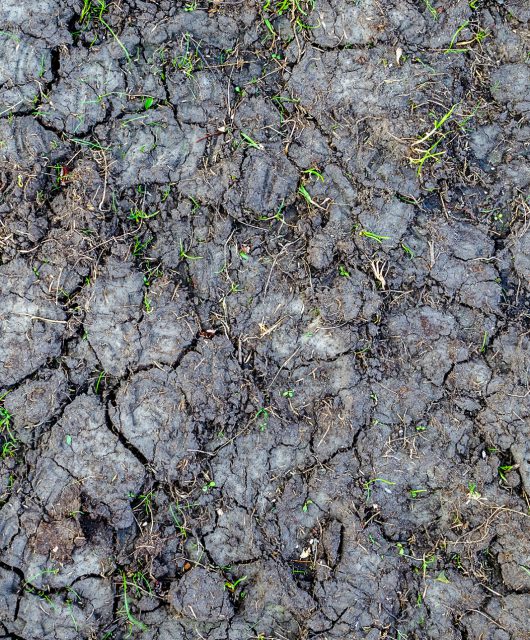

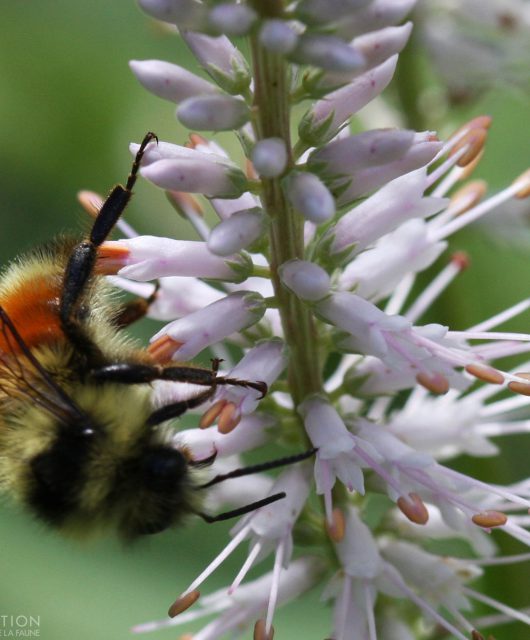
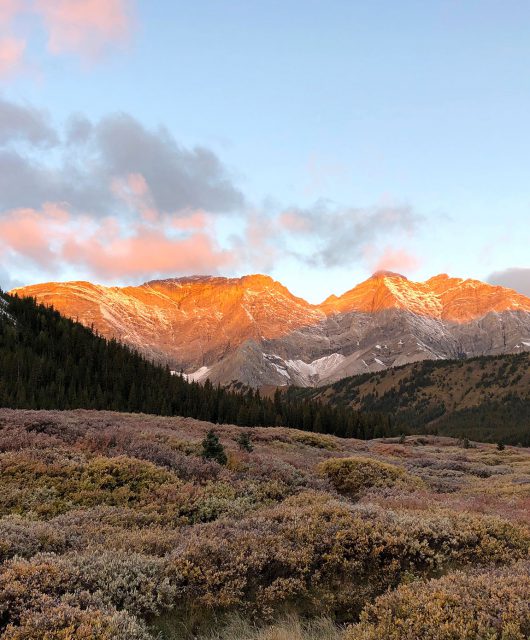
6 comments
You didn’t mention rats.
You left out deer and skunks.
Hello Dorothy!
Yes, they are also worth additions but we limited our list due to length.
Will the same products keep squirrels away from vegetable gardens?
These are good tips, however the eastern squirrel is an invasive species in area and are driving out our native red squirrel. What can I do to help our native squirrel survive.
Hi Angelika
I assume you are referring to the Eastern Grey Squirrel and that you live in British Columbia. To help prevent the further spread of Eastern Grey Squirrels it is recommended to not feed them, keep garbage and compost contained, and don’t let them have access to bird feeders. Maintaining conifer forests will also help reduce their spread.